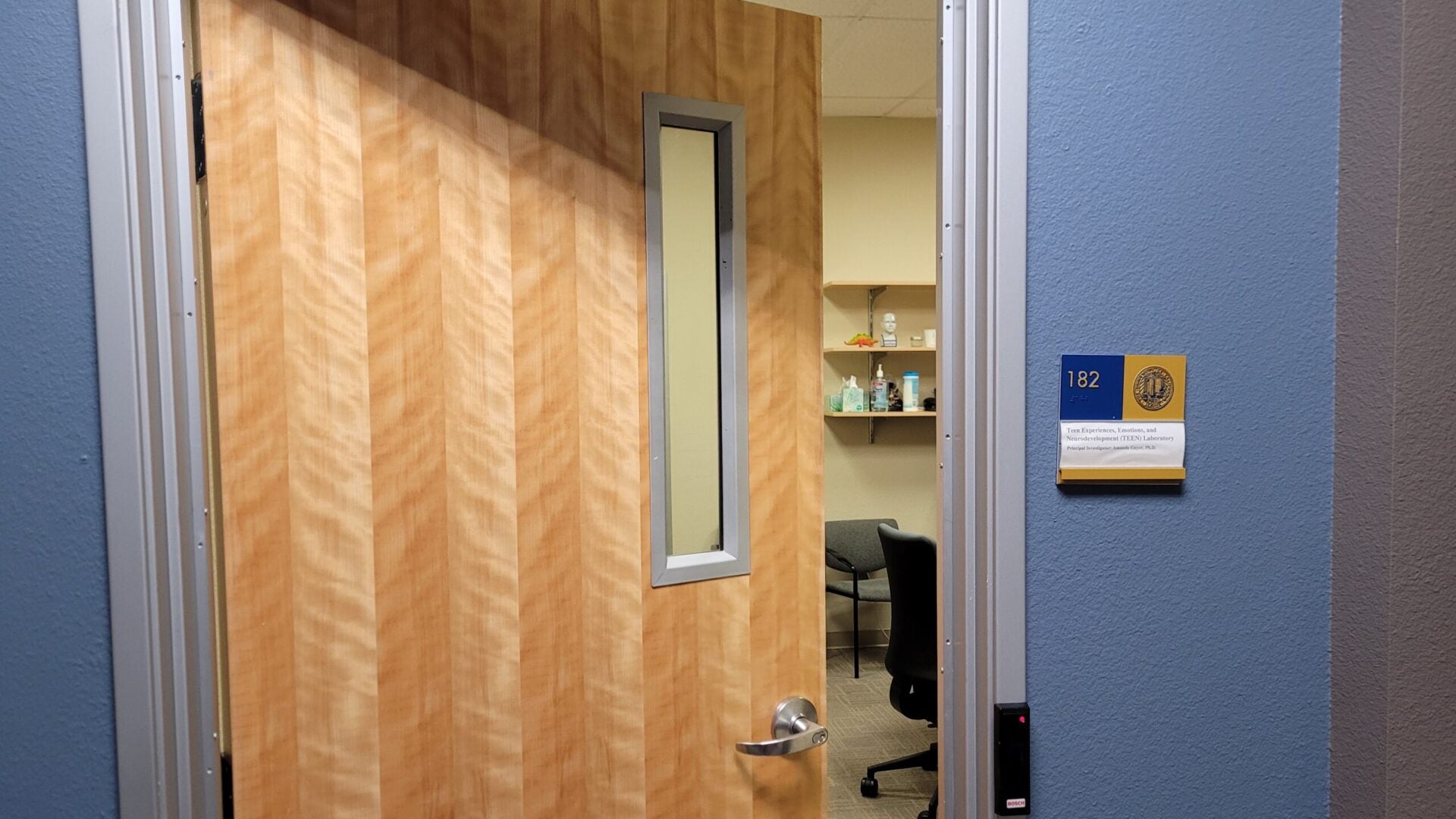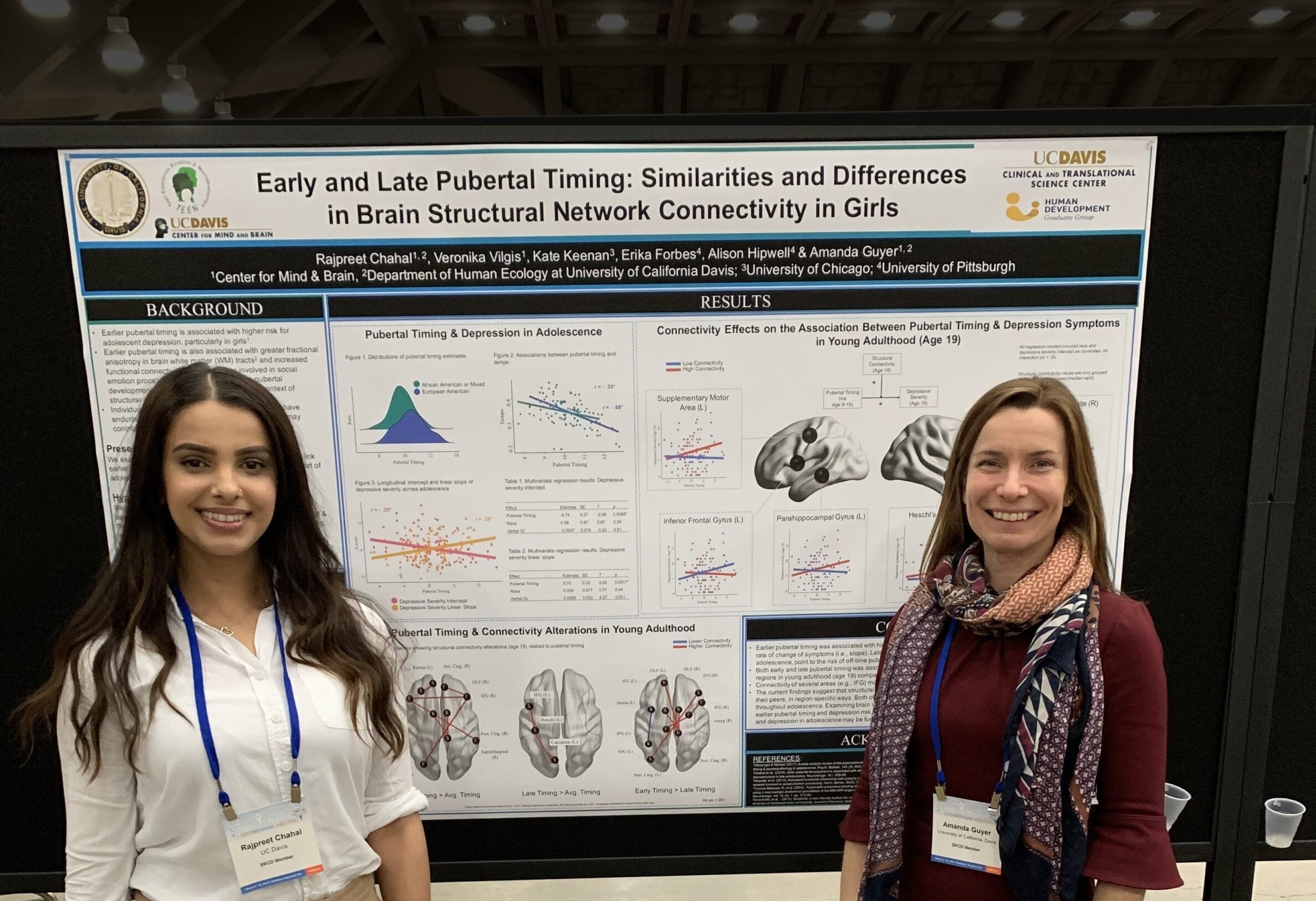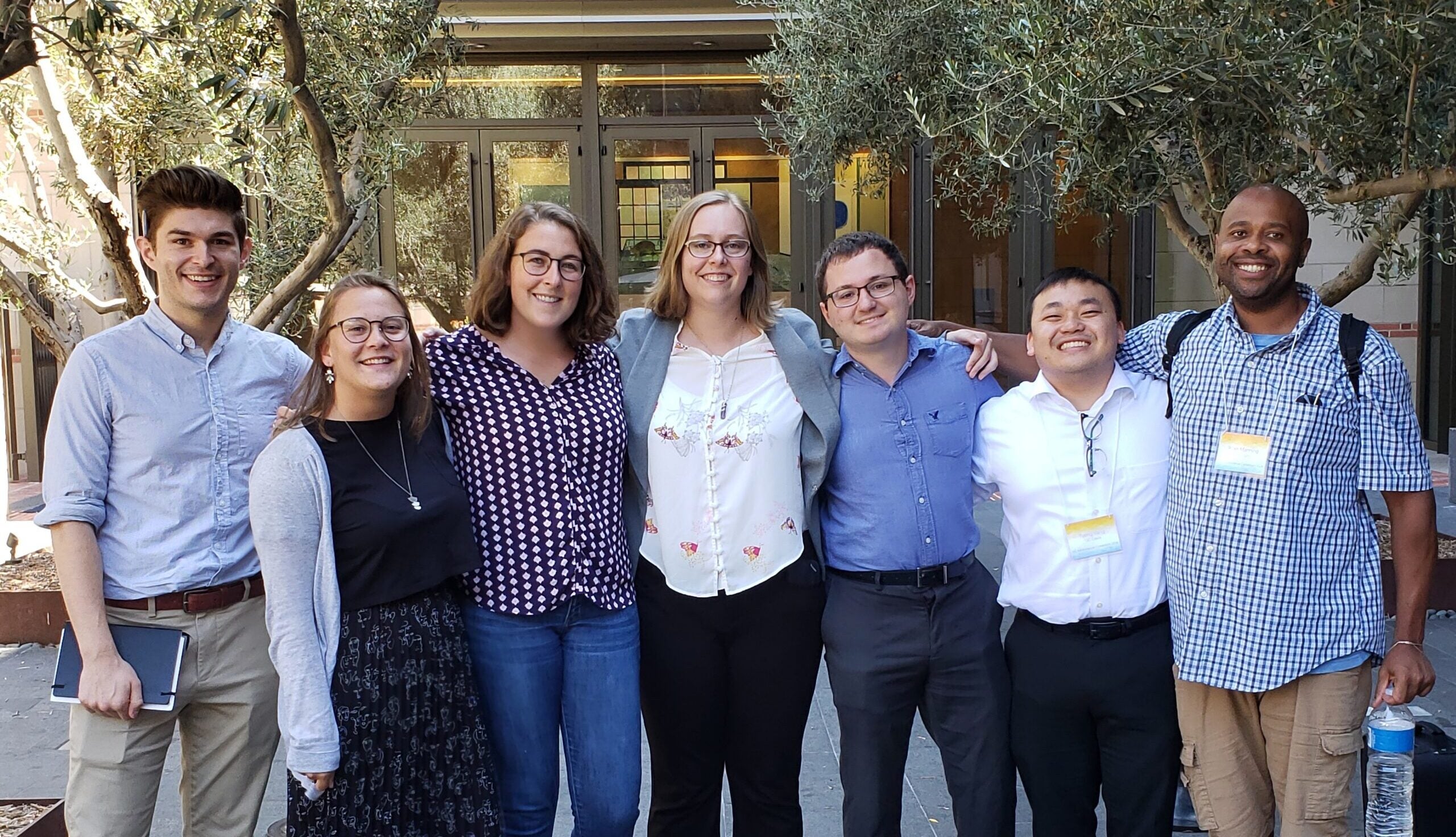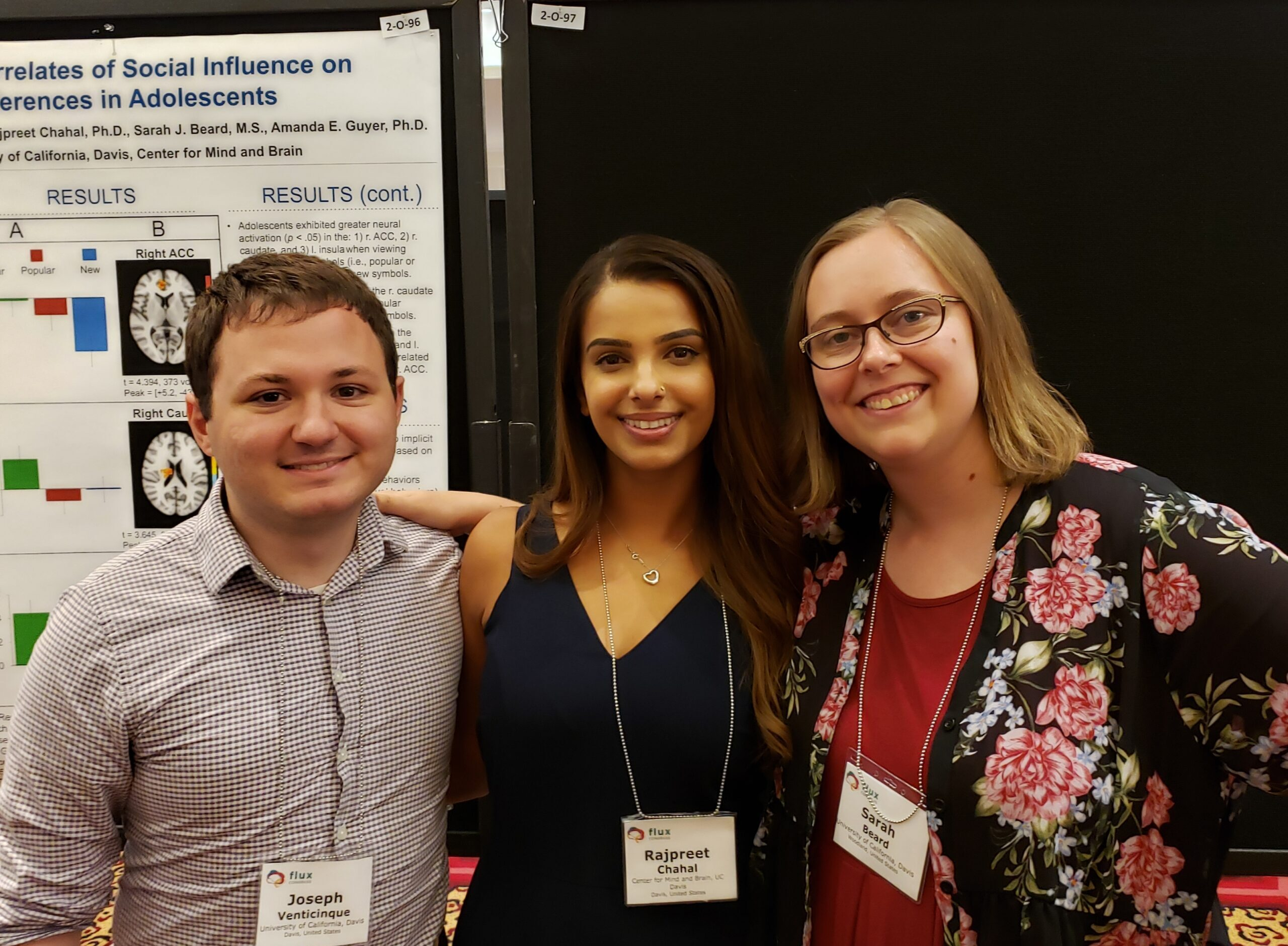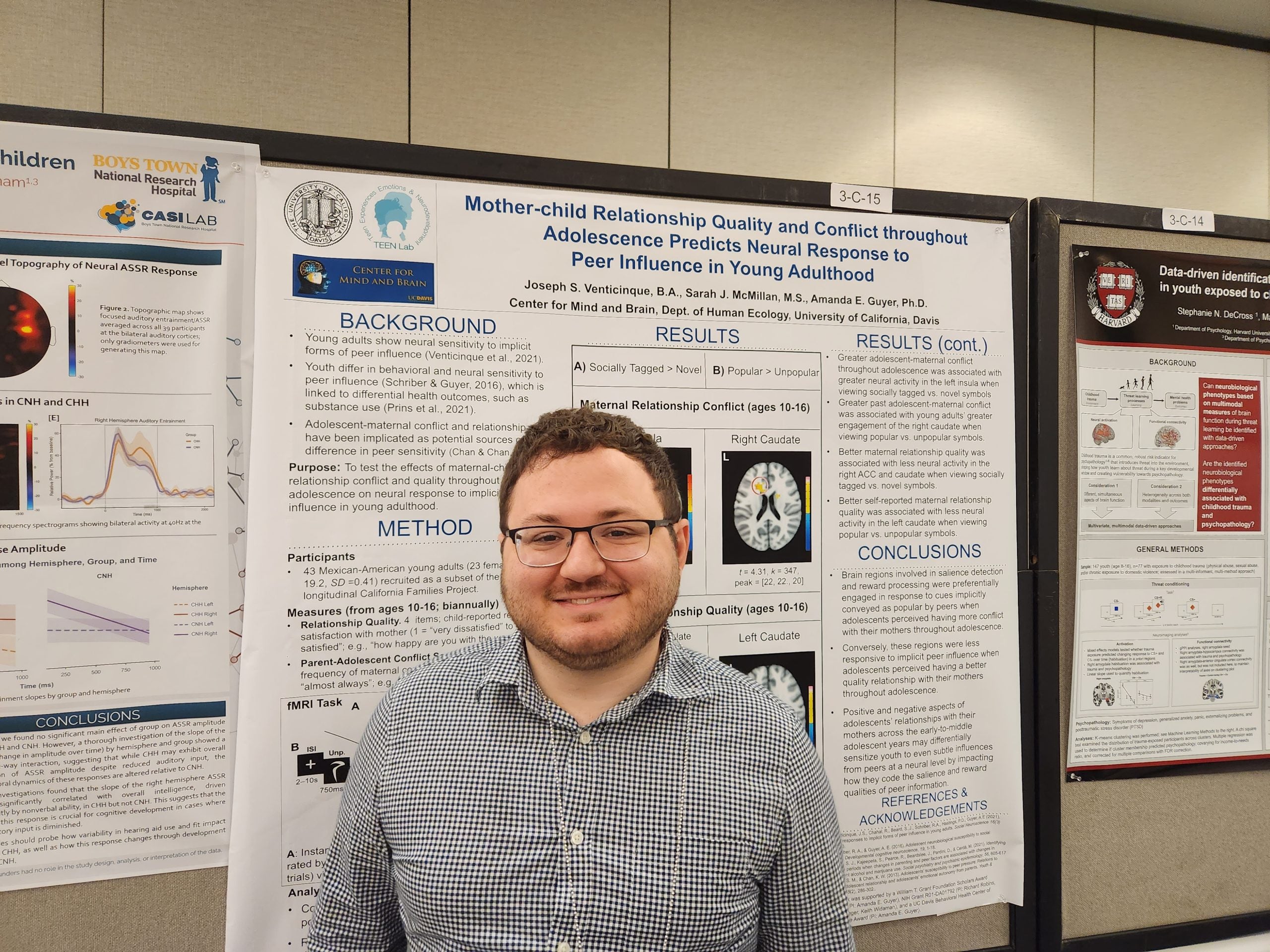Amanda E Guyer, Jennifer YF Lau, Erin B McClure-Tone, Jessica Parrish, Nina D Shiffrin, Richard C Reynolds, Gang Chen, R JR Blair, Ellen Leibenluft, Nathan A Fox, Monique Ernst, Daniel S Pine, and Eric E Nelson (2008). Arch Gen Psychiatry, 65(11):1303-12.
CONTEXT: Amygdala and ventrolateral prefrontal cortex (vlPFC) dysfunction manifests in adolescents with anxiety disorders when they view negatively valenced stimuli in threatening contexts. Such fear-circuitry dysfunction may also manifest when anticipated social evaluation leads socially anxious adolescents to misperceive peers as threatening. OBJECTIVE: To determine whetherphotographs of negatively evaluated smiling peers viewed during anticipated social evaluation engage the amygdala and vlPFC differentially in adolescents with and without social anxiety. DESIGN: Case-control study. SETTING: Governmentclinical research institute. PARTICIPANTS: Fourteen adolescents with anxiety disorders associated with marked concerns of social evaluation and 14 adolescents without a psychiatric diagnosis matched on sex, age, intelligence quotient, and socioeconomic status. MAIN OUTCOME MEASURES: Blood oxygenation level-dependent signal measured with event-related functional magnetic resonance imaging. Beforeand during neuroimaging scans, participants anticipating social evaluation completed peer- and self-appraisals. Event-related analyses were tailored to participants’ ratings of specific peers. RESULTS: Participants classified 40 pictures of same-age peers as ones with whom they did or did not want to engage in a social interaction. Anxious adolescents showed greater amygdala activation than healthy adolescents when anticipating evaluation from peers previously rated as undesired for an interaction. Psychophysiological interaction connectivity analyses also revealed a significant positive association between amygdala and vlPFC activation in anxious vs healthy adolescents in response to these stimuli.CONCLUSIONS: Anticipating social evaluation from negatively perceived peers modulates amygdala and vlPFC engagement differentially in anxious and healthy adolescents. Amygdala and vlPFC dysfunction manifests in adolescent anxiety disorders in specific contexts of anticipated peer evaluation.
